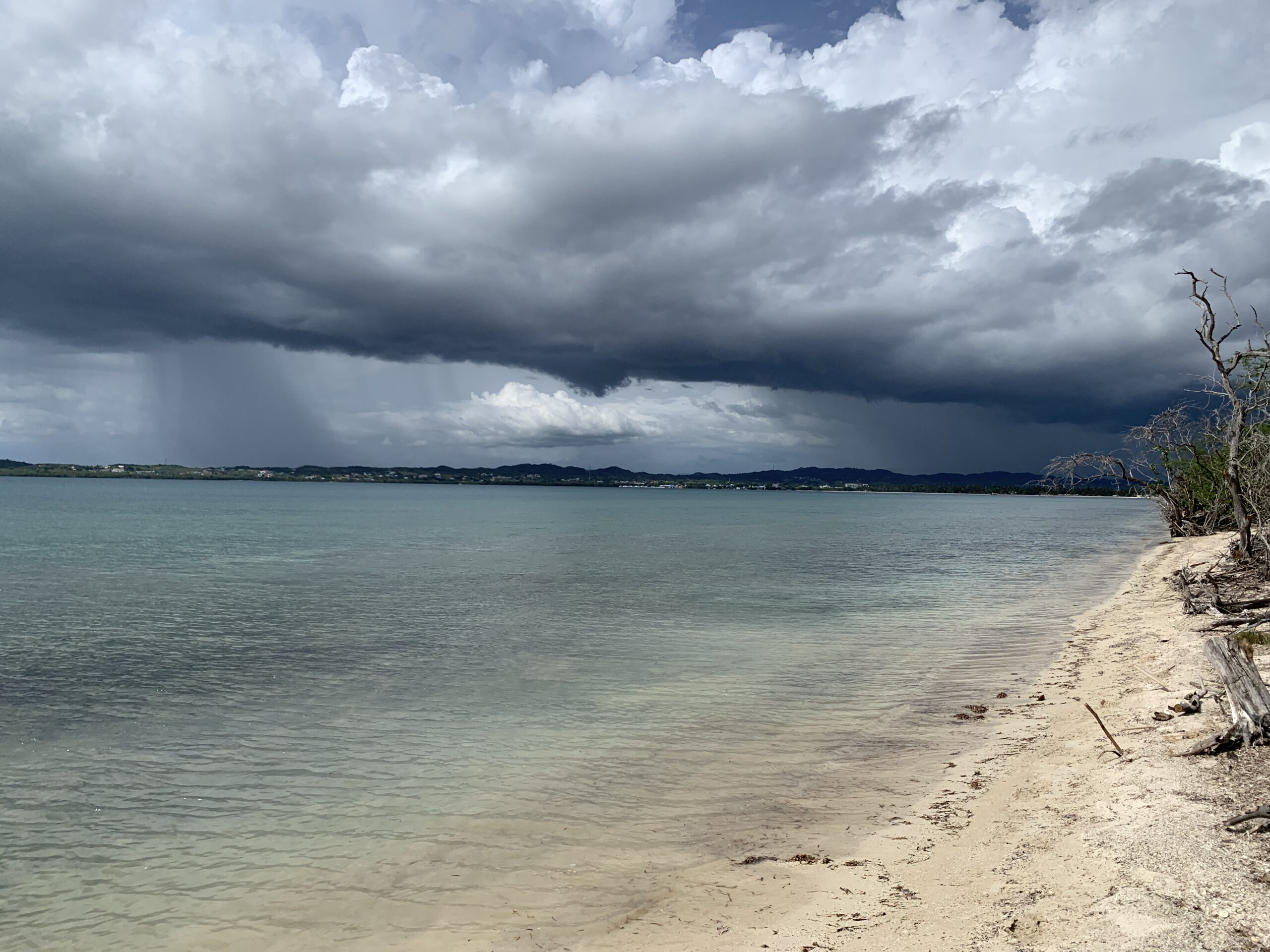A new archaeological study has identified the earliest human residents of what is now Puerto Rico ever found. As early as 1,800 BC., according to researchers from the University of Miami, the earliest people living in Puerto Rico were already using burial customs that persisted for some 1,000 years.
Radiocarbon dating shows that the five individuals found and studied at the Ortiz site near Cabo Rojo, Puerto Rico are the earliest burials ever found on the Island. Both male and female remains were found on this site. The researchers, William J. Pestle and Elizabeth M. Perez, both of the University of Miami, and Daniel Koski-Karell of the National Institute of Archaeology, conducted scientific analysis of the human remains, which were found in the late 20th century.
The researchers explain that these people were members of a culture which is usually called “Archaic” or “pre-Arawak,” but they reject these labels as inaccurate. Instead, they prefer simply to call them the earliest inhabitants.
The earliest inhabitants
The researchers claim that human habitation of Puerto Rico began somewhere between 2700 and 2300 B.C. Most archaeological sites related to these people are shell middens: that is, piles of seashells mixed with the remains of animals and plants probably used for food, along with some human-made artifacts such as stone tools.
Only 20 human beings dating from this period had previously been found, so the five new individuals increase the understanding of the lives of these people significantly.
The Cabo Rojo people
All five of the individuals found at the archaeological site were adults, most younger than 45 years old. The researchers estimated their height at around 5 feet tall.
They ate sea vegetables and sea creatures found in shallow water. While these were the main part of their diets, they also ate some plants and animals found on land.
They were buried in positions seen elsewhere in archaeological sites in Puerto Rico from the earliest time depth. The people were buried with possessions, including jewelry and coral. These details suggest that the various individuals shared cultural customs. The researchers were surprised to see similar customs across multiple sites, since radiocarbon dating showed hundreds of years between the earliest examples and the later ones. This would suggest shared culture.
However, the diets of the five people found at Cabo Rojo were different from those found in other sites. They ate more seafood and fewer green vegetables. The researchers aren’t sure whether this shows cultural differences, or just different access to resources. They speculate that, unlike hunter gatherer cultures in some other places, the earliest inhabitants of Puerto Rico had plenty of resources in their own neighborhoods and did not need to search far and wide for sustenance.
Messages for moderns
The researchers propose further study of the earliest inhabitants, acknowledging that their findings are limited by the length of time the people of Cabo Rojo were exposed to the elements before being found and studied. They emphasize that very little is known about these early people. Unlike the people of Ancient Egypt, the people of Ancient Puerto Rico were not carefully preserved under conditions designed to keep their remains intact.
But perhaps we can imagine that the insights from this excavation highlight the resilience and adaptability of Puerto Rican people throughout history. Despite facing various challenges and changes over time, Puerto Ricans have been able to maintain a stable culture and way of life. Preserving and valuing Puerto Rico’s cultural heritage does not have to begin (or end) with an appreciation of the Spanish colonial culture brought to the New World by the conquistadors.
Puerto Rico has a longer past and a better future than many people realize.
Photo courtesy of William J. Pestle








No responses yet